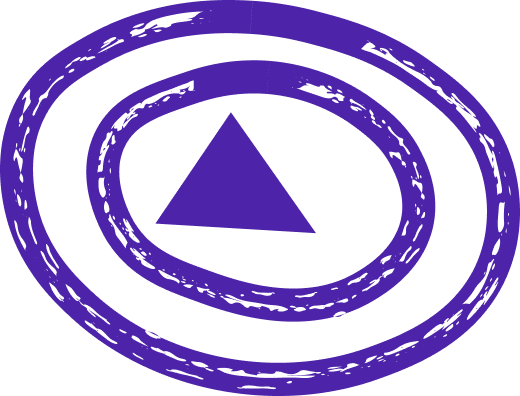
uml unified modeling language
UML (Unified Modeling Language)
Unified Modeling Language (UML) is a standardized visual modeling language used in software engineering to represent, document, and communicate the design and structure of software systems. It provides a common language and notation for software development teams to express concepts, relationships, and behaviors within a system, making it easier to understand and analyze complex software architectures.
Overview of UML
UML offers a comprehensive set of graphical notations and diagrams that enable software developers to depict various aspects of a system's design. These diagrams act as blueprints for software development, allowing stakeholders to visualize and comprehend the system's structure, behavior, and interactions. By employing UML, software engineers can effectively communicate their ideas, collaborate with team members, and ensure a clear understanding of the software system across different roles and disciplines.
Key Concepts in UML
UML encompasses several key concepts that form the foundation of its modeling approach. These concepts include:
1. Structural Modeling: UML provides a range of diagrams, such as class diagrams, object diagrams, and component diagrams, to represent the static structure of a system. These diagrams illustrate the relationships between classes, objects, components, and other structural elements, aiding in the understanding of the system's organization and composition.
2. Behavioral Modeling: UML also offers behavioral diagrams, such as use case diagrams, activity diagrams, and state machine diagrams, which capture the dynamic aspects of a software system. These diagrams depict the interactions between various components, the flow of actions, and the system's response to different events, facilitating the analysis and design of system behavior.
3. Relationship Modeling: UML allows developers to specify relationships between different elements of a system. Associations, dependencies, generalizations, and aggregations are some of the relationship types defined by UML. By defining these relationships, software engineers can establish connections, dependencies, and hierarchies between system components, enhancing the clarity and coherence of the overall design.
Benefits of UML
By utilizing UML, software development teams can reap several benefits throughout the software development lifecycle:
1. Improved Communication: UML provides a standardized language for expressing software designs, enabling effective communication between developers, stakeholders, and clients. This shared understanding reduces ambiguity, enhances collaboration, and minimizes the risk of misinterpretation during the development process.
2. Enhanced Analysis and Design: UML's visual notation allows developers to analyze and design software systems more efficiently. The graphical nature of UML diagrams aids in identifying design flaws, inconsistencies, and potential bottlenecks early in the development cycle, leading to better software architectures and improved system performance.
3. Documentation and Maintenance: UML diagrams serve as valuable documentation artifacts, capturing the design decisions, system structure, and behavior. These diagrams facilitate system maintenance, as they provide a clear overview of the system's components, their relationships, and their interactions, aiding in future modifications, updates, and bug fixes.
In conclusion, Unified Modeling Language (UML) is an essential tool for software engineers, providing a standardized visual modeling language to represent, document, and communicate software system designs. By employing UML, development teams can enhance communication, improve analysis and design, and facilitate documentation and maintenance, ultimately leading to the development of robust and efficient software systems.
Let’s build your next digital product — faster, safer, smarter.
Book a free consultationWork with a team trusted by top-tier companies.








